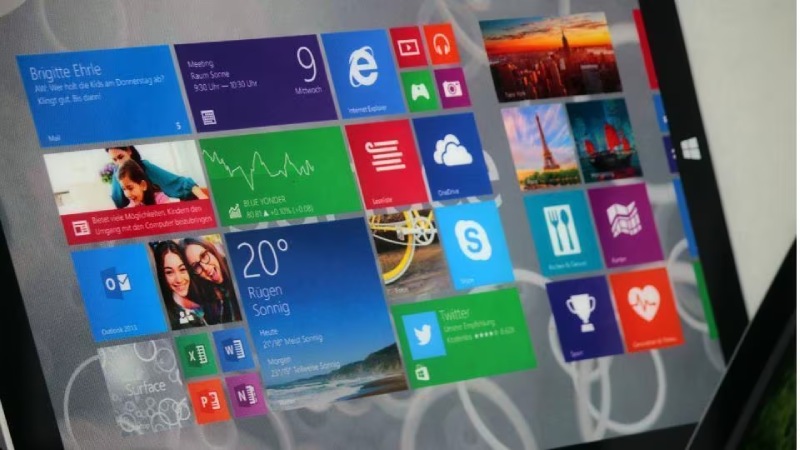For Windows PC users, particularly those still using the outdated Windows 10 version on their devices, Microsoft has some good news. As you may be aware, the firm will no longer officially support Windows 10 in 2025, which is a just few years away.
However, Microsoft is making sure that users may stay on the Windows version and still receive assistance in the form of frequent security updates. How then is this possible?
For an annual charge, Microsoft has traditionally provided businesses with a unique protection package that enables them to keep using older versions of Windows. Customers who enroll in the company’s Extended Security Updates (ESU) program will receive security updates as long as they continue to pay Microsoft a charge to maintain Windows 10 on their devices.
Companies might face more costs when switching to a new version since they must upgrade their devices, which is never cheap. Thus, Microsoft allows customers to continue using the Windows platform for a few more years in exchange for them not having to pay for the new computers.
Additionally, the business is currently offering the ESU to individual Windows PC users in exchange for an annual charge that must be paid within the three years following October 14, 2025. “You will have the option of enrolling your PC in the paid Extended Security Updates (ESU) program if you are an individual consumer or an organization who elects to continue using Windows 10 after support ends on October 14, 2025,” Microsoft states on its support page.
Some of you may think that extending support for Windows 10 is a good idea because it will save you the trouble of selecting and upgrading to a PC that can run Windows 11 for a few more years. However, we are yet unsure of how much Microsoft would charge you for these additional security updates and how long it will keep the support active.
Because of its distinctive needs, Microsoft has chosen to restrict the amount of current Windows PCs that can be upgraded to Windows 11. Millions of Windows 10 PCs are now upgradeable, but most of these users may sign up if they can pay a charge to keep using it for an additional few years, which would ultimately turn the tide and win Microsoft back from a precarious position.



